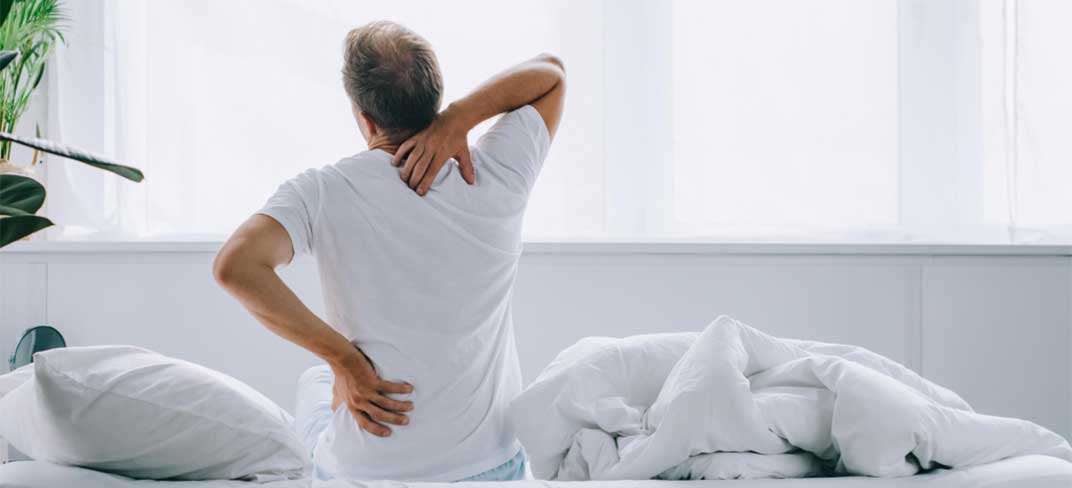Hip and Back Pain Causes and Treatment Options

One of the more frequent reasons patients seek help from a GP or orthopaedic surgeon is hip pain. Part of the reason why it is so common is due to the numerous conditions or injuries that can lead to pain around the hip, such as:
- Hip (femoracetabular) impingement
- Groin strain
- Labral tears
- Dislocation or injury to the surrounding muscles
- Arthritis (the most common)
Groin pain, pain in the joint area – specifically in a “C” shape – and pain on the outside of the hip, directly over the joint, are common symptoms that lead patients to seek expert help.
Groin pain and hip pain are often related because the hip joint sits behind the groin area. Patients may also mistake hip pain for pain that is actually in the lower back. The reason being that the spine runs from the base of your skull down to the tip of the tailbone and contains nerves. When nerves in the lower spine are aggravated, it becomes more difficult to differentiate between the pain in the back from pain in the hip.
Lower Back Pain Symptoms
Between 60 to 80 percent of people will experience lower back pain at some point in their lives. A herniated disc pressing on the spinal nerve is the most common source of pain. Symptoms from this may include:
- Pain shooting down the leg
- Increased pain when bending or sitting
- Numbness or weakness in the leg/foot
What Causes Lower Back Pain?
- Ruptured discs
- Irritation or inflammation of nerves
- Spinal Stenosis
Diagnosing the Source of Pain:
An accurate diagnosis is a vital first step in treating the pain. For a patient meeting with a GP or orthopaedic surgeon regarding hip pain, the consultant will always start off with taking a patient’s history. Common questions in discussing the history of the pain with your consultant will include:
- Where is the pain located?
- When does the pain occur? With activity? At rest?
- What type of pain is occurring? Is it sharp, achy, etc.?
Your consultant may request an x-ray following your initial appointment to take a closer look at the bones. Using the x-ray, the physical exam, and even an MRI if necessary, your consultant should be able to make an accurate diagnosis and begin to create a treatment plan, individualised to you.
How to Treat Hip or Back Pain
Treatment can change with different diagnoses, but the most common options can include:
- Modifying your activity
- Anti-inflammatory medication
- Physical therapy
- Referral to a specialist
Surgery is the last option for most patients, as medication and physiotherapy typically have a high success rate. If you are experiencing pain that last longer than four to six weeks, you should consult your GP.
For more information on joint replacement options, make an appointment to see one of our consultant orthopaedic surgeons at UPMC Whitfield Hospital, UPMC Kildare Hospital, or UPMC Aut Even Hospital.